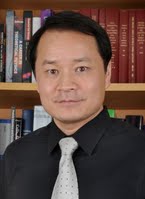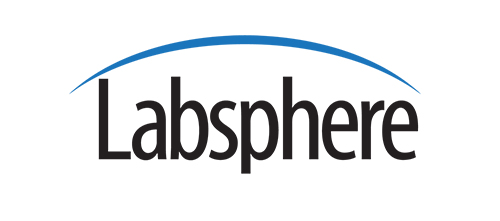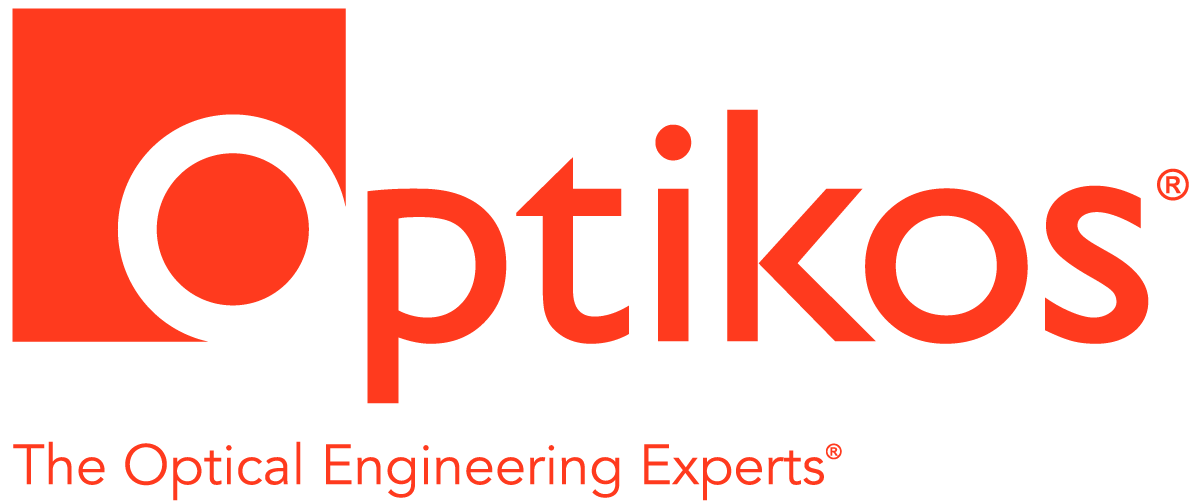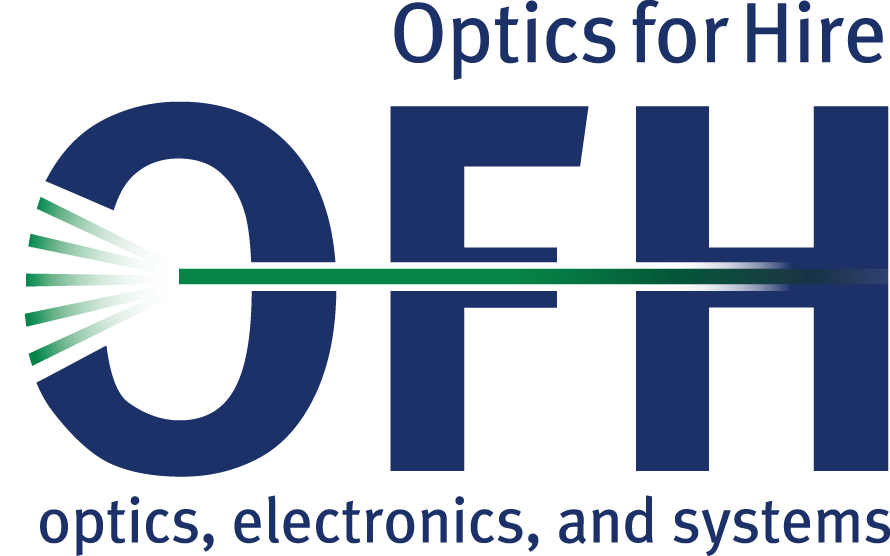October 16, 2013 Barmak Heshmat, Gordon Wetzstein and Christopher Barsi
This special monthly meeting of the NES/OSA will take place at the MIT Media Lab and features speakers from three different areas of optics; THz Technology, Compressive Cameras and Displays, and Time-Resolved Imaging.
November 21, 2013 - Alan Lenef
Ceramic Phosphors for LED Lighting
LED light sources are beginning to displace traditional light sources at a rapid rate. This is because of their many advantages, including high efficiency, color tuning capability, compactness, low operating temperatures, high luminance, and flexibility. The ability of LEDs to achieve high luminance (high luminous flux from small source areas) is particularly intriguing and has led to the use of LEDs in applications such as projection and automotive headlamps. These applications require high luminance sources to generate collimated or carefully shaped illumination patterns because of étendue limits that any optical system must obey. Generating either high luminance white light or RGB light from direct emission from different colored LEDs is currently not feasible. The primary reason is that current direct green emitting LEDs have much lower efficiency than red or blue LEDs. This “green gap” is especially unfortunate because these wavelengths occur near the maximum of our eye sensitivity. In the case of high luminance white light sources, one must also combine RGB sources without increasing étendue. This involves complex and expensive color mixing optics. As a consequence, nearly all high luminance, high-efficiency solid-state lighting lighting (SSL) applications use phosphor conversion of highly efficient blue InGaN (and sometimes red InGaAlP) LEDs. (In fact, most SSL applications in general use phosphor conversion for similar reasons.) However, ordinary LED phosphor conversion approaches often fail in high luminance applications because of the very high thermal loads placed on the conversion material. I will discuss some of our work at OSRAM SYLVANIA on high thermal conductivity ceramic phosphor materials that have provided outstanding conversion solutions for these applications, leading to the first high performance all LED automotive headlamps and state-of-the-art green phosphor converted LED projection light sources. In addition to the their excellent thermal and material properties, I will also discuss some of the interesting optical design considerations of ceramic phosphor converted light sources, such as the influence of optical scattering in ceramics, light extraction, and color uniformity.
February 20, 2014 - Jerome Mertz
Phase Contrast Microscopy With Oblique Fields
Phase contrast microscopy is an indispensable tool in the biological sciences. I will discuss a new technique for phase contrast microscopy based on oblique field detection with a partitioned aperture. This technique has the advantage that is single shot, light efficient, exhibits a large dynamic range, and can be operated with incoherent broadband light. New advances in this technique include extended depth of field operation by numerical refocusing. We have applied this technique to dynamic live cell imaging and flow cytometry applications. I will also discuss a variant of this technique based on oblique illumination, more specifically oblique back-illumination, which enables speckle-free, simultaneous phase/amplitude imaging in arbitrarily thick tissue. We have applied this to blood flow imaging and are currently developing a miniaturized endomicroscope for in-vivo small animal imaging.
MEETING SPONSORED BY
March 12, 2014 - Sunney Xie
Joint meeting with New England Section of the Society for Applied Spectroscopy
Note: This meeting will be held at Thermo Fisher Scientific in Tewksbury, MA
Label Free Vibrational Imaging for Biology and Medicine
by Dr. Sunney Xie, Harvard University
Stimulated Raman scattering microscopy is a label-free and noninvasive imaging technique that uses vibration spectroscopy as the contrast mechanism. Significant advances in sensitivity, selectivity, robustness and cost reduction have been made recently, allowing many biomedical applications
 Dr. Sunney Xie is professor of chemistry and chemical biology at Harvard University. He is the 2013 recipient of the Ellis R. Lippincott Award, which is presented annually to an individual who has made significant contributions to the field of vibrational spectroscopy. This award was established in 1975 by OSA, the Coblentz Society and the Society for Applied Spectroscopy to honor the unique contributions of Ellis R. Lippincott to the field of vibrational spectroscopy. The purpose of the Ellis R. Lippincott Award is to honor Dr. Lippincott's memory by the recognition of significant contributions and notable achievements in the field of vibrational spectroscopy. The medal is sponsored jointly by the Coblentz Society, the Optical Society of America and the Society for Applied Spectroscopy.
Dr. Sunney Xie is professor of chemistry and chemical biology at Harvard University. He is the 2013 recipient of the Ellis R. Lippincott Award, which is presented annually to an individual who has made significant contributions to the field of vibrational spectroscopy. This award was established in 1975 by OSA, the Coblentz Society and the Society for Applied Spectroscopy to honor the unique contributions of Ellis R. Lippincott to the field of vibrational spectroscopy. The purpose of the Ellis R. Lippincott Award is to honor Dr. Lippincott's memory by the recognition of significant contributions and notable achievements in the field of vibrational spectroscopy. The medal is sponsored jointly by the Coblentz Society, the Optical Society of America and the Society for Applied Spectroscopy.
MEETING SPONSORED BY
More Articles ...
Page 1 of 2






